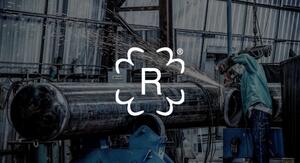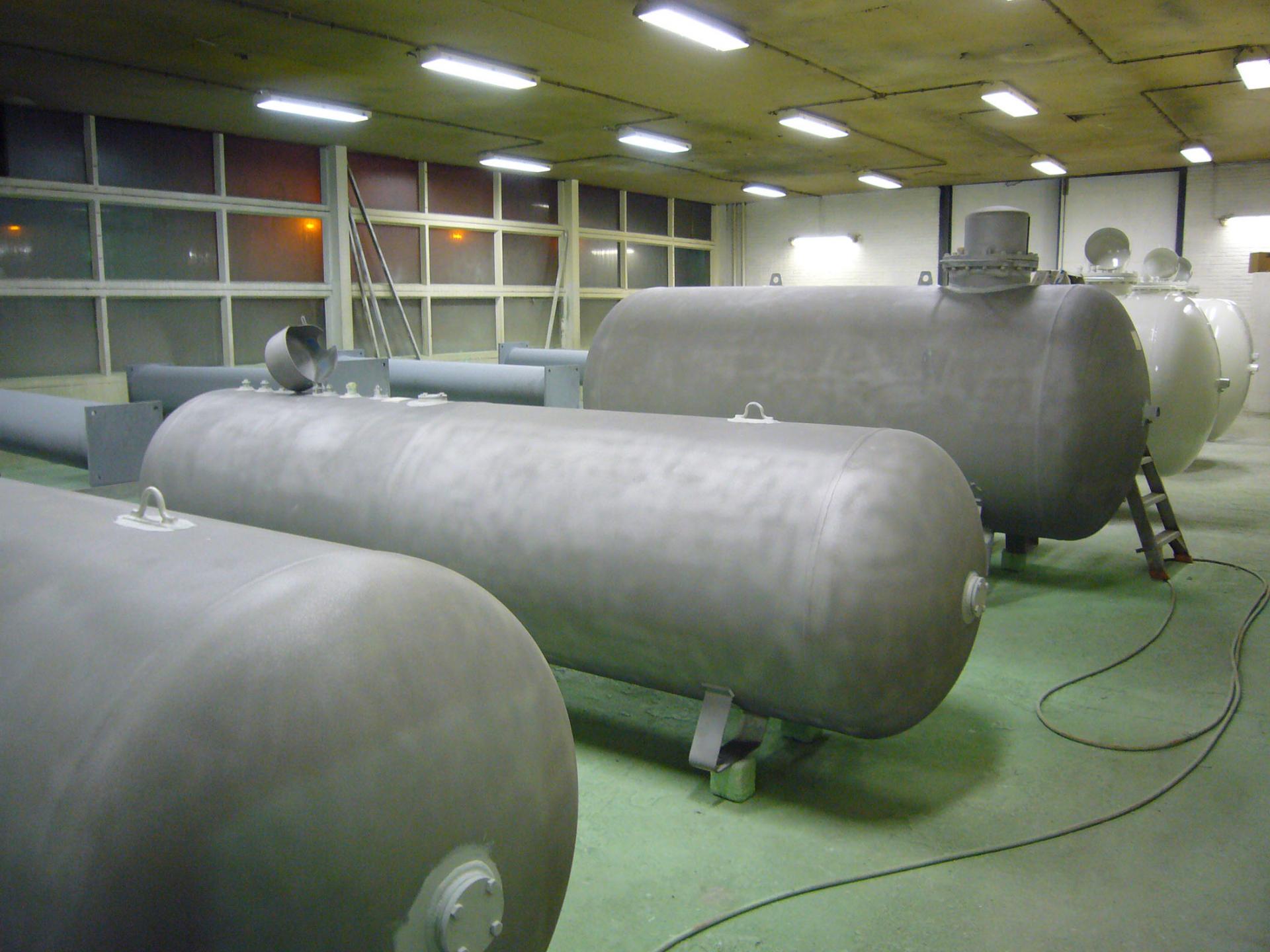NBIC Repairs / Alterations
- Software we use
- Solidworks
- Codeware
- AutoCad

NBIC Repairs / Alterations
NBIC Alterations are the most significant type of repair. When repairs are made to code vessels, the NBIC® (National Board Inspection Code) classifies NBIC Repairs / Alterations into three categories:
What category would your vessel fall under?
- Alterations
- Repairs
- Routine Repairs
Most Alterations usually require calculations for the new vessel parts and a hydrostatic test after completion. According to the current rules of the NBIC® (National Board Inspection Code), hydro-testing or pressure testing is not necessarily required for repairs or alterations. The NDE (Nondestructive Examination) is one option in lieu of pressure testing regarding all repairs. For alterations, it depends on the type of alteration. In certain cases, NDE versus a hydrotest is appropriate.
Common types of Repairs or Alterations
Some of the most common types of Repairs / Alterations to pressure vessels that are covered by the NBIC® (National Board Inspection Code) include
Standard repairs involve things like:
- Replacing a corroded part
- Replacing a damaged part
- Failed and corroded weld repairs
- Heat exchanger tube repair or replacement
- Mounting clips for ladders and other externally mounted components
Examples of Alterations are:
- Re-rating a vessel for a higher temperature or pressure
- Adding a new nozzle or openings that are not classified as a repair, and change in dimensions of a vessel
- Changing materials of a vessel part
- Changing the configuration of a vessel
- Re-rating a vessel based on new code edition and new material strength and wall thickness requirements

Let's get that Vessel back in operation
We offer services for USA, Mexico and Canada (CRN)
- Office Hours: M-F 8am-4:30pm, Closed S-S
- Phone: (281) 995-0552
- Email: info@jlowryllc.com
